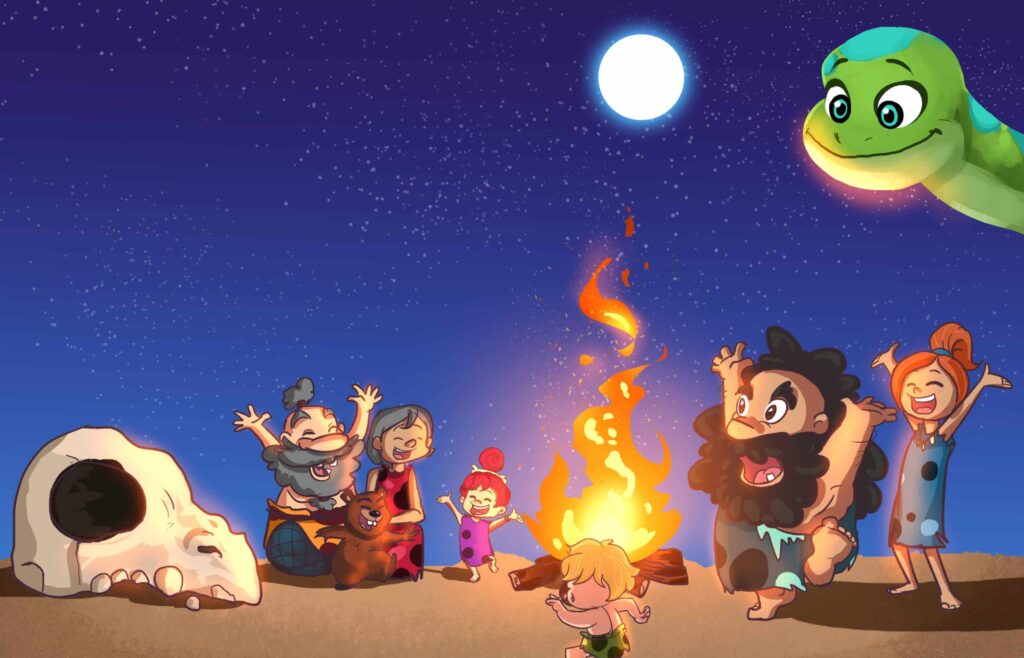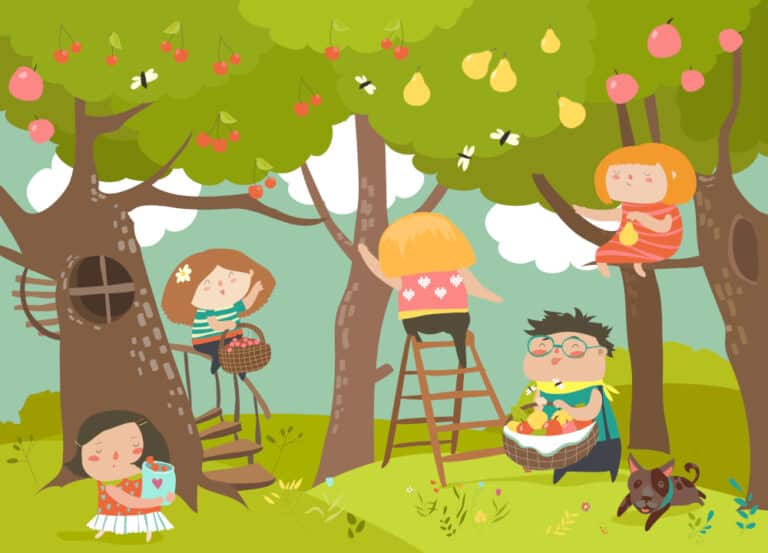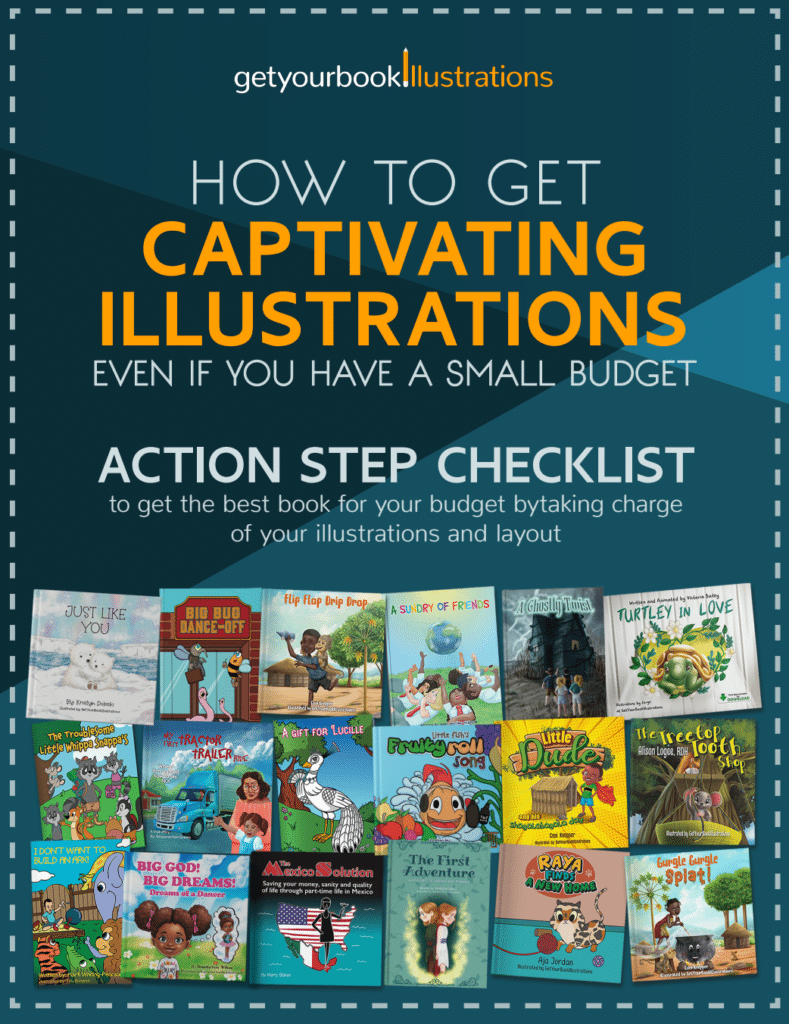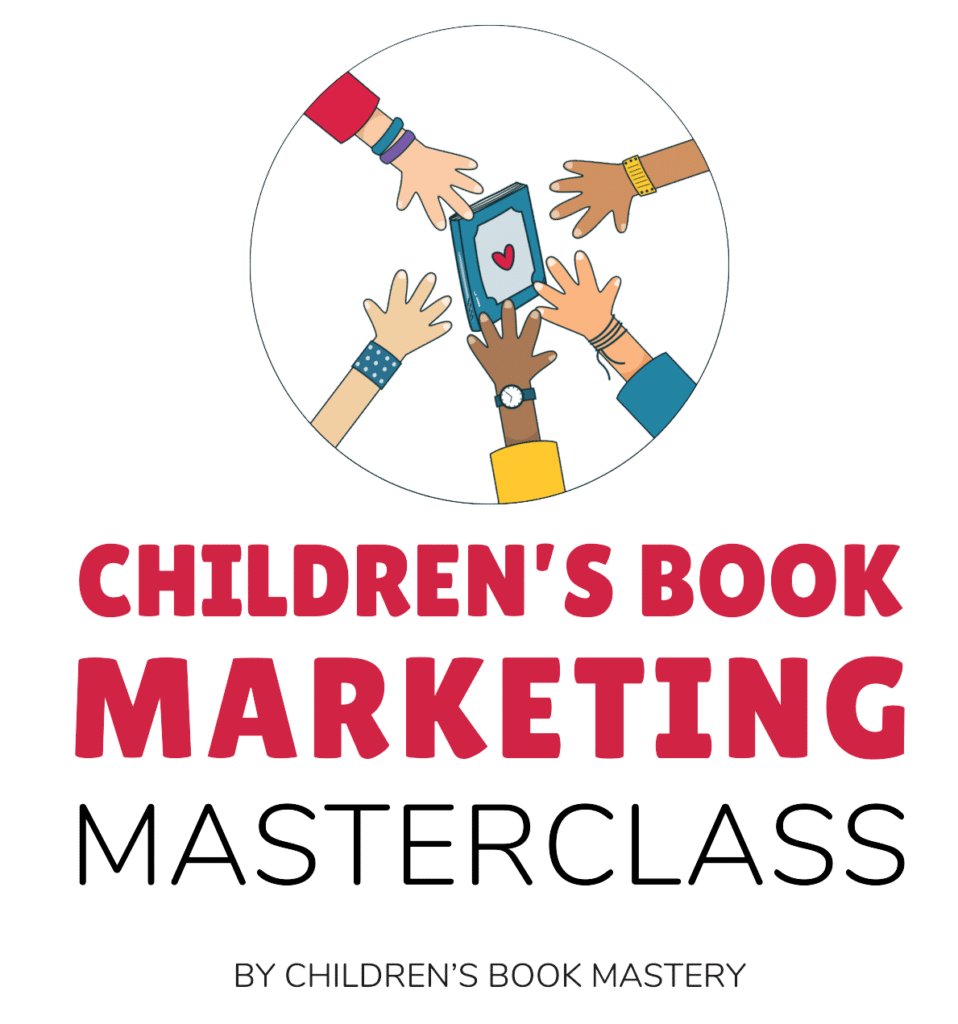Writing Children’s Books
Writing children’s books can be a hugely rewarding experience. Not only does it give you the chance to share your creativity and love of writing with a younger audience, but it also allows you to explore the wonderful world of children’s literature and take part in a vibrant and ever-evolving community. In this blog post, we will discuss the various aspects of writing children’s books.
In brief, the steps for writing a children’s book are:
- Find a book idea that children like
- Understand the age group you’re writing for
- Create a kid-friendly character
- Write a first draft
- Revise, revise, revise
- Hire a professional editor
- Hire an illustrator
- Book design or formatting (for children’s books)
- Hit publish!
Let’s go through these step-by-step.
Find a Book Idea That Children Like
Whether you want to write a bestselling children’s book, or write as a passion project, ensure that your idea is appropriate and interesting for the intended audience. An essential part of the process is to brainstorm ideas that are not only suitable for children but that they will enjoy. This involves researching to see what themes are popular among children. One way to do this is to talk to children directly to find out what their interests are.
To find inspiration, look for what children already love. Visiting libraries or bookstores and observing the titles that children are interested in can help inform you during your creative process. Teachers and librarians are also great resources for advice on what topics are popular with children. Additionally, online platforms like Amazon, book reviews and readers’ forums can provide valuable insight into what themes are popular with children. Another fun way to come up with ideas is to use a children’s book ideas generator. I always recommend that you refine the idea so it becomes your own, and not just the children’s book ideas generator’s.
With the right amount of creativity and research, authors can write books that will captivate and inspire young readers.

Illustration by GetYourBookIllustrations
Understand the Age Group You’re Writing For
Writing children’s books is an art form and you must understand the level of development of your target age group. Adjust language and content accordingly to make the book engaging and appropriate for the audience. Consider what children of that age are interested in. These can range from fantasy and science fiction to more educational topics, such as history. Ensure that the content is age appropriate and written in a language that children can understand. For example, younger readers need simpler words and sentences, while older readers will understand more complex words and concepts. Also, ensure that the content is engaging and entertaining, as well as educational.
Also, consider the values you want to promote in the book. Children’s books often have a moral message, and if you want to have such a message, think carefully about what values you want to impart to your readers and how these pertain to their age. Whether it’s a message about friendship, courage, or perseverance, don’t get preachy. Making the book interesting is most important, and the story must always come first. The message should be subtle and never become more important than the story. You can weave a lesson into your story in a way that can start conversations between your little readers and the adults reading to them.
Newborn to age 4: Board and soft books
Board books are a wonderful way to introduce young children to the world of written language. These books have thick, durable pages that are easy for small hands to turn. Soft books are also perfect for young children, as they are lightweight and can be taken anywhere. When writing for young children, use simple words, repetitive phrases and short sentences to help them understand. Incorporating rhymes and songs into stories can make them more enjoyable and help children learn the structure of language. Asking questions throughout the story will keep young readers engaged and get them thinking. Colourful illustrations can also help to keep young readers interested. Writing children’s books for very young readers is an exciting opportunity to be part of their developmental growth.

Credit: Toyk Store
Ages 2–5: Early picture books
Picture books serve as a fantastic medium to acquaint young minds with the world of written language. With simple language and colourful illustrations, authors can captivate kids and get them to engage with the story. Focus on familiar objects and situations that they can relate to. This helps to create a story that children can easily understand and connect with. Incorporating rhymes and rhythms can make it more enjoyable, but if you’re going to rhyme, learn how to do so professionally and work with an editor who specialises in rhyme. Picture books not only help children learn vocabulary and how to read but also encourage them to ask questions and use their imagination. With the right story and illustrations, authors can create a book that children will remember for years to come.

A New Friend by Hannah Workman. Illustrated by GetYourBookIllustrations.

Can I Be Your Dog by Troy Cummings
Ages 5–8: Picture books, colouring, activity and novelty books
Picture books with colourful illustrations capture the attention and imagination of children, so they become excited about reading. Activity and colouring books can help to build basic literacy skills, while novelty books can encourage children to explore new topics.
Picture books specifically play a pivotal role in a child’s learning. Bright and colourful illustrations, coupled with the simplicity of picture books, make it easier for children to understand the content, encouraging reading and enhancing vocabulary.


My Mouth Is A Volcano by Julia Cook
Llama Rocks the Cradle of Chaos by Jonathan Stutzman
Activity books and colouring books adopt a hands-on learning approach. They offer a fun educational experience. Activity books typically include exercises designed to develop literacy skills. Colouring books focus more on creativity and motor skills. The hand-eye coordination and focus required to colour within lines improve motor skills and fuel their creative expression.
Lastly, novelty books with their unique formats like pop-up pages, tactile elements, sounds, etc., provide an interactive reading experience. Presenting facts and stories in such a way can instantly strike a chord with children, making them more likely to assimilate new information and explore new topics. Novelty books can bring a whole new dimension to the learning process.

Pop-Up Volcano! by Fleur Daugey
Picture books, activity books, colouring books, and novelty books each offer a unique method of nurturing young minds. Each one plays a part in children’s development, and in short, the more fun we make these for kids, the more it will encourage them to learn how to read and love books.
When writing for children aged 5-8, you can include humour and fun elements to keep them engaged. This can help to boost their creative writing skills and make the experience of reading more enjoyable. Remember that children’s books should be accessible to all ages. Making sure that the text is not too complex, and that the illustrations are clear and colourful, is essential for all children to enjoy the story.


A Song in Her Heart by Kathy Dye. Illustrated by GetYourBookIllustrations.
Can Little Sam Save The Beaver Dam by Papa Seiden. Illustrated by GetYourBookIllustrations.
Ages 4–8: Early (easy) readers
When writing early readers, focus on simple vocabulary and sentence structures. Each page should only have a few words, since long sentences or paragraphs will overwhelm new readers. Including repetitive patterns can make the reading process more manageable for your young audience. Rhyming words and rhythmic sentences can heighten the story’s appeal, making it more engrossing for your readers. Adding educational aspects like numbers, colours, shapes, and animals provides a valuable learning opportunity. Interactive activities like puzzles, mazes, or colouring pages make the reading experience more enjoyable.
Examples of early readers are Flap Your Wings by P.D. Eastman and Cat Traps by Molly Coxe.


Ages 5-9: Chapter books
Chapter books can be divided into early chapter books or first chapter books for ages 5-7 and chapter books for ages 7-9. Chapter books can build confidence in reading and play a crucial role in stimulating children’s developing minds. These books have narratives that are simple enough for the target age group to understand, and the primary goal should always be to entertain young readers. If they’re entertained, they’ll want to read more! It is key to remember that all readers in this age bracket are not alike. Therefore, as writers, understanding the distinction between first chapter books for ages 5-7 and chapter books for ages 7-9 is important.
First chapter books have a simple but engaging storyline and illustrations on every page or spread. These books should always have age-appropriate vocabulary to help young readers transition smoothly from picture books. Often, these books have larger text and fewer words per page, making it easier for early readers to digest the content, building their confidence as independent readers. Notable examples of such books include The Princess in Black series and Rise of the Balloon Goons (The Notebook of Doom Series) by Troy Cummings.


The Princess in Black and The Mermaid Princess by Shannon and Dean Hale
Rise of the Balloon Goons (The Notebook of Doom Series) by Troy Cummings
Chapter books for children aged 7 to 9 delve deeper in terms of plot complexity and character development, enabling children to explore a wider range of emotions and scenarios. These books usually contain fewer illustrations, often black & white illustrations on every spread or every 2-4 spreads. Chapter books also contain a higher-level vocabulary than first chapter books, which prepares children for middle grade books. The Magic Tree House, The Kicks series, and Nancy Drew and the Clue Crew are prime examples of books in this category.


Magic Tree House: Sunlight on the Snow Leopard by Mary Pope Osborne
Nancy Drew and the Clue Crew: The Case of the Sneaky Snowman by Carolyn Keene
Writing children’s books for these age groups can be challenging, but with an understanding of developmental milestones and age-appropriate content, authors can engage young readers, spurring a lifelong love for reading. Remember, it’s not only about tailoring your story to their language comprehension level, but also about creating relatable characters and interesting plots that captivate their imagination.
For both age groups, a story that incorporates humour and wit can help to keep the reader captivated. Including educational elements will help kids learn and develop an understanding of the world around them and can create a lasting impact on young minds.
Ages 8–12: Middle grade novels
Middle grade books are for children aged 8 to 14, and can again be divided into lower middle grade (ages 8-12) and upper middle grade (ages 10-14). As always, these stories should be age-appropriate. They often feature characters facing real-life problems and learning life lessons. You can include elements like humour, adventure, mystery and fantasy to make your story more fun or interesting. A strong plot is essential, including twists and turns that keep young readers gripped, urging them to turn pages to find out what happens next. The language used should be simple enough for the age group.
These books tend to have more complex storylines and vocabulary and touch on more grown-up themes. As the young reader’s comprehension skills grow, so should their reading material. Middle grade books explore different genres, so young readers can discover their preferences. They typically feature protagonists who are of the same age group, making the narratives more relatable. Writing middle grade books poses an exciting challenge, as you must capture the intricate mind of a pre-teen in a way that’s both enjoyable and educational.
Examples of middle grade novels Smack Dab in the Middle of Maybe by Jo Watson Hackl and Poseidon’s Academy and the Deadly Disease by Sarah A Vogler.


Nonfiction children’s books
With accurate and age-appropriate nonfiction children’s books, young readers can learn about a wide range of topics, from science and history to geography and culture. Use language and concepts that are appropriate for the age group. The challenge lies in making the facts and information engaging and entertaining. The two most common types of nonfiction for children are:
- traditional nonfiction, where facts are presented as facts (“Some birds can live for over 100 years.”).
- narrative or creative nonfiction, which is written as a story, but is completely factual (usually biographies).
To make your book interesting, you can focus on storytelling in a narrative nonfiction book, weaving facts into an exciting narrative. For traditional nonfiction, present the information in a fun or interesting way, so the writing doesn’t become dry. For instance, if you’re writing about wildlife, you could create scenarios where the animals interact, showcasing their unique habits and features whilst teaching kids about their behaviour.
Use rich, colourful illustrations that captivate children’s imaginations, making the information easier to digest and recall. They can help explain the facts and information in a way that children can better understand. Don’t underestimate the power of a relatable character, whether human or animal, who can guide your young readers through the journey of learning. These techniques can help make your nonfiction children’s book both educational and exciting.


Cows Have No Top Teeth and Snakes Have No Legs by Kelly Tills. Illustrated by GetYourBookIllustrations.
Graphic Novels
The visual representation of the text in graphic novels makes them an ideal tool to enhance a child’s reading comprehension. Graphic novels help teach children grammar, spelling and punctuation in a fun and interesting way by using a unique blend of images, dialogue, and narrative. The limited amount of words per panel, along with the graphic display of sentences, can help children understand structure, tense, and sentence composition more easily. By associating words and punctuation with engaging visuals, children can recognise and remember them more easily.
By combining captivating illustrations with written language, graphic novels can help reluctant readers to develop a love of reading.


Narwhal Unicorn of the Sea by Ben Clanton Bea Wolf by Zach Weinersmith
Create a Kid-Friendly Character
Creating a character that appeals to children is one of the most important elements of success when writing children’s books. The character should have an engaging personality, with an interesting backstory that young readers can relate to. Give the character a memorable name and physical appearance.
When creating the character, consider how they will react to different situations and how they will interact with other characters. The character’s behaviour should be appropriate and responsible and usually show good moral values. Make the character’s motivations and ambitions age-appropriate and inspiring for young readers. To make the story enjoyable, incorporate adventure or humour into the character’s dialogue and actions.


Illustrations by GetYourBookIllustrations.
Write Your First Draft
Once you know which age group you’ll write for and you’ve looked at which topics interest them, you can plan your story. Choose an appropriate story structure, create a basic plot, and then brainstorm characters, settings and other elements of the story. Create an outline of the story first so that the narrative flows logically.
Once you have an idea of your plot, write your first draft. Don’t edit while you write. Just write the story from beginning to end!
Revise, revise, revise
It is essential to take the time to revise your work when writing children’s books. Revision should be done step-by-step, going over your manuscript again and again. Before proofreading or revising on a word-by-word level, revise on a big picture level. Start by cutting anything unnecessary, on a bigger picture level (like cutting unnecessary scenes that don’t move the story forward). Then you won’t spend time revising text you’ll end up removing. Then make sure there is enough tension, that the plot makes sense, that the character’s responses and actions are consistent and make sense, and that the story moves forward at a good pace.
Then you can start revising line by line, removing filler words, replacing weak verbs with strong ones, and making sure each line sounds good. Read your work aloud and check for any mistakes. This will help you spot any errors and ensure that the text sounds natural. Ensure that your tense, point of view and writing style are consistent throughout the book. Rewrite sections that don’t flow naturally or are difficult to understand. Don’t be afraid to cut out unnecessary words or phrases. A children’s book should be concise.
Proofreading is essential to ensure your work is free from spelling and grammatical errors. Use a spelling and grammar checker to pick up any mistakes.
It is also a good idea to ask for feedback from colleagues, family, and friends. You can even have them read it out loud to you. This will help you identify any errors you may have missed. By taking the time to revise your work and get feedback, you will be able to create a children’s book that is both engaging and educational.
Hire a Professional Editor
You should always hire a professional editor, especially when self-publishing. If you plan to get traditionally published, they will provide an editor. That said, you could still get professional editing before submitting your manuscript to a publisher. This will improve your chances of being accepted. Some new authors think an editor only does proofreading, but that’s not the case. An editor should help you with big picture facets of your story, like the plot and character development, as well as ensure that you’ve used strong language on a line-by-line level. If you did a good job of proofreading, the editor can focus on helping you make your story as good as possible, which is what you want.
Writing children’s books requires a lot of skill and work and the final product must be of the highest quality. A professional editor can help you achieve this by suggesting corrections and improvements that you and your feedback partners missed. They can also help you adhere to a style and ensure that your work is consistent and easy to read.
Hire an Illustrator
If you’re self-publishing, you’ll need to hire an illustrator. An experienced illustrator will work with you to create the perfect visuals to accompany your text and make your story come alive. From creating an iconic cover image to providing visuals of characters, settings and key plot points, an illustrator can help to engage young readers with your story and add depth and emotion to your book, making it even more memorable.







